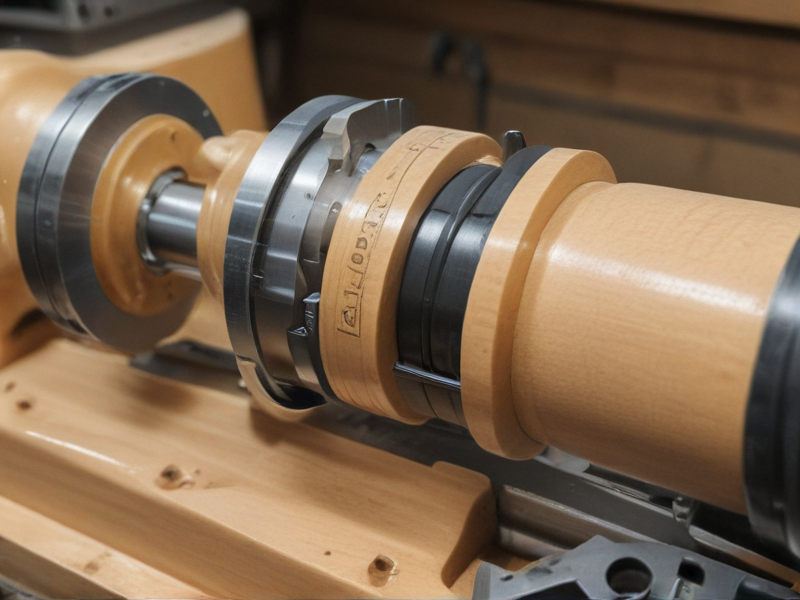-
- Types Of Milling Machine
- Universal Milling Machines
- Small Milling Machine Sale
- Small Cnc Mills
- Milling Machines Small
- Mini Milling Machine Cnc
- Mini Lathe Milling
- Milling Machine Vs Lathe
- Milling Machine Vs Drill Press
- Milling Machine Universal
- Milling Machine Rate
- Milling Machine Prices
- Milling Machine Manuals
- Milling Machine Horizontal
- Milling Machine For Sale
- Milling And Drilling Machine
- Manual Milling Machine
- Lathe Vs Milling Machine
- Knee Milling Machines
- Horizontal Milling Machines
- Gantry Milling Machines
- Gantry Cnc Mill
- For Sale Cnc Milling Machine
- Drilling Milling Machine
- Lathes Machine
- Steel Lathe Machine
- Vertical Lathes
- Rent A Lathe
- Parts Of Lathe
- Metal Lathe Components
- Machine Lathe
- Mini Lathe Milling
- Milling Machine Vs Lathe
- Meaning Of Lathe
- Manual Lathe Machine
- Lathe Working
- Lathe Vs Milling
- Lathe Small
- Lathe Pronunciation
- Lathe Part Diagram
- Lathe Machining
- Lathe Machine Rate
- Lathe Machine Operations
- Lathe In Spanish
- Lathe 5 Axis
- Large Lathe
- Heavy Duty Cnc Lathes
- Diagram Of Lathe Machine
- Components Of A Lathe
- Axis Cnc
- Surface Grinding Machine
- About
- Newsletter
- Whatsapp 8615951276160
- Types Of Milling Machine
- Universal Milling Machines
- Small Milling Machine Sale
- Small Cnc Mills
- Milling Machines Small
- Mini Milling Machine Cnc
- Mini Lathe Milling
- Milling Machine Vs Lathe
- Milling Machine Vs Drill Press
- Milling Machine Universal
- Milling Machine Rate
- Milling Machine Prices
- Milling Machine Manuals
- Milling Machine Horizontal
- Milling Machine For Sale
- Milling And Drilling Machine
- Manual Milling Machine
- Lathe Vs Milling Machine
- Knee Milling Machines
- Horizontal Milling Machines
- Gantry Milling Machines
- Gantry Cnc Mill
- For Sale Cnc Milling Machine
- Drilling Milling Machine
- Lathes Machine
- Steel Lathe Machine
- Vertical Lathes
- Rent A Lathe
- Parts Of Lathe
- Metal Lathe Components
- Machine Lathe
- Mini Lathe Milling
- Milling Machine Vs Lathe
- Meaning Of Lathe
- Manual Lathe Machine
- Lathe Working
- Lathe Vs Milling
- Lathe Small
- Lathe Pronunciation
- Lathe Part Diagram
- Lathe Machining
- Lathe Machine Rate
- Lathe Machine Operations
- Lathe In Spanish
- Lathe 5 Axis
- Large Lathe
- Heavy Duty Cnc Lathes
- Diagram Of Lathe Machine
- Components Of A Lathe
- Axis Cnc
- Surface Grinding Machine
- About





















